In the course of a single decade, 1965-1975, the United States moved from a high-trust society in which three-quarters of Americans expressed confidence that the federal government would mostly do the right thing to a low-trust society in which barely one-quarter espoused this view. With occasional ups and downs, we have remained a low-trust society ever since.
During the fateful decade in which trust collapsed, Democrats and Republicans moved pretty much in tandem. Recently, however, trust has become intertwined with partisanship. During the administration of George W. Bush, Republicans’ confidence in the federal government exceeded Democrats’ by a margin that sometimes topped 30 percentage points. Barack Obama’s election produced a surge of trust among Democrats and a decline to record lows among Republicans.
There was some hope that Donald Trump’s unconventional campaign could reconfigure partisan polarization and improve trust by giving disaffected Americans a sense that their voices were being heard. In the aggregate, this has not happened. According to a Pew Research Center report released May 3, trust in government among Republicans has risen by about 20 points since Mr. Trump’s election while falling an equal amount among Democrats. Overall, trust remains mired near its historic low of 20 percent.
Trust in government is closely linked to assessments of how things are going in the country, and these assessments break sharply along partisan lines. In the wake of the election, Pew reports that Republicans’ satisfaction with the direction of the country surged from single digits to 49 percent while Democrats’ satisfaction imploded from more than 50 percent to just 16 percent.
Because we lack reliable survey data extending far back into our nation’s history, we will never know whether the bipartisan trust in government in the decade between 1955 and 1965 represented an exceptional state of affairs rather than a normal expectation. What we do know is that this disappearance of trust during the following decade has proved stubbornly hard to reverse. For the foreseeable future, both parties will probably struggle to enact their agendas against a backdrop of public skepticism and doubt.
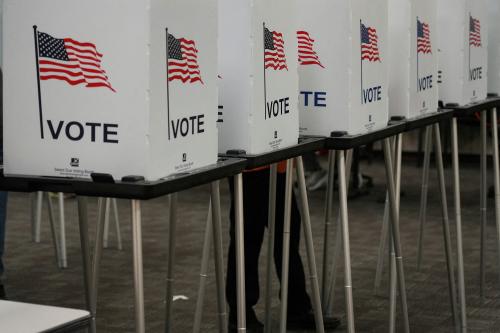
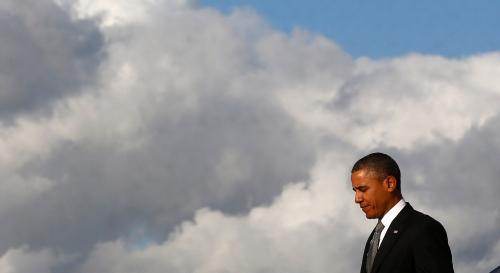
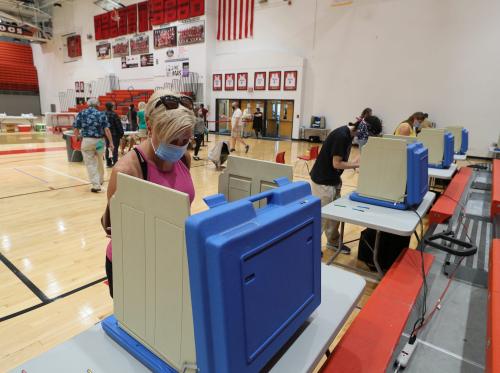
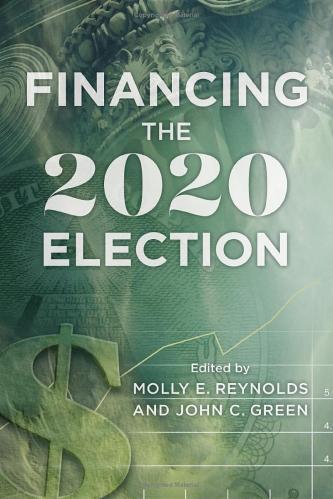
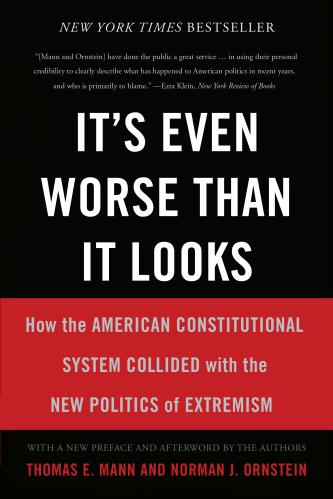
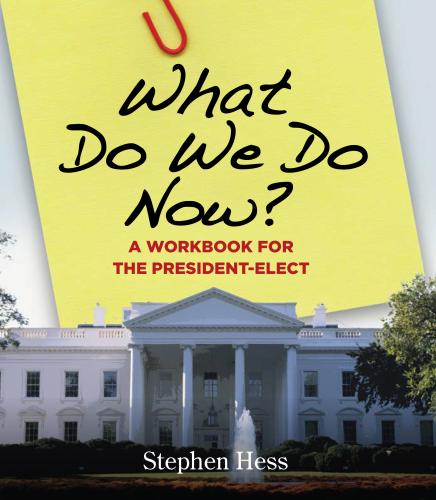




Commentary
Polling Spotlight: Trust in government moves along partisan lines
May 8, 2017